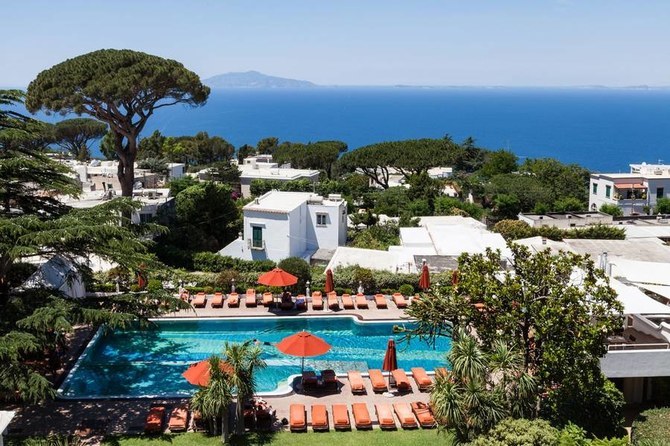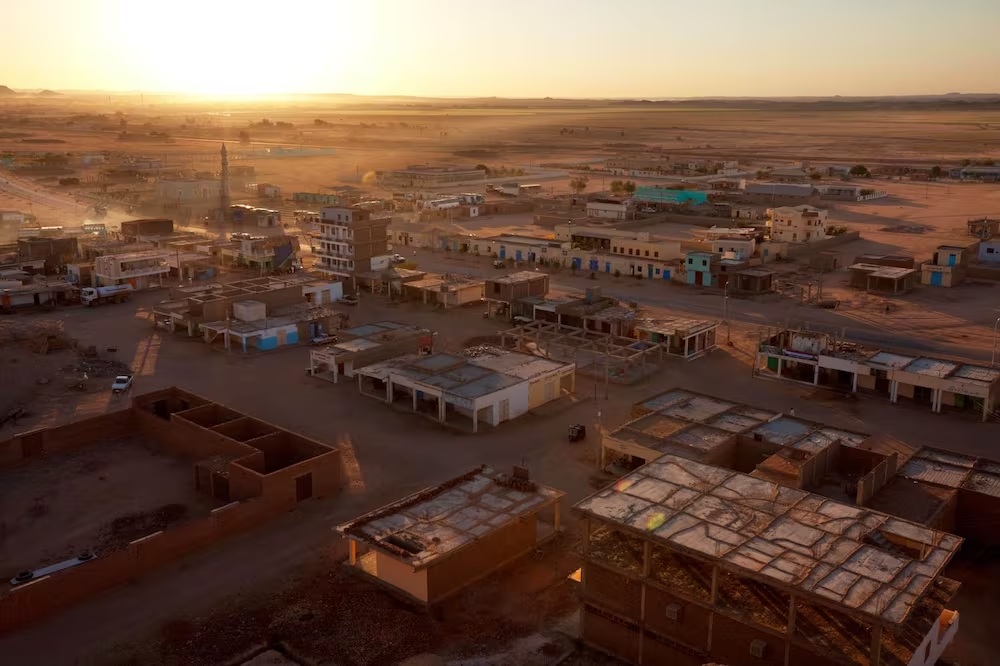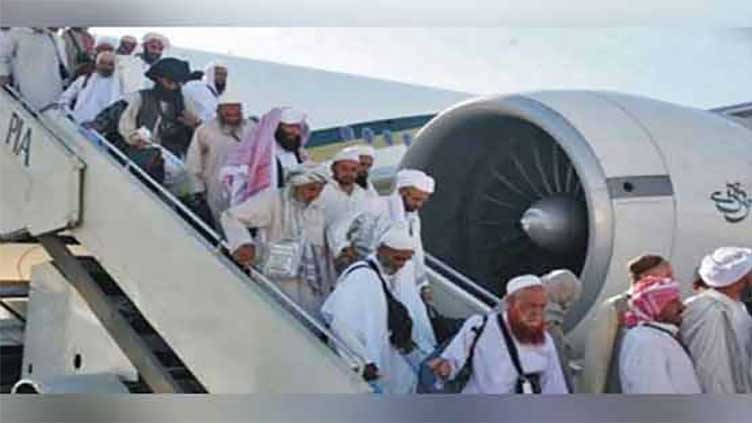
Stuart Butler
Travellers to what was once was the spiritual centre of the world can learn about the region’s long and storied history – as well as see the biggest annual pilgrimage on Earth.
Founded 7,000 years ago, Iraq’s archaeological site of Nippur was once the heart of one of the earliest recorded religions. Today, visitors to these weather-beaten ruins about 200km south of Baghdad are rare. But that wasn’t always the case. Once, so long ago that time itself had only just been conceived, Nippur was the spiritual centre of the world. Pilgrims came to this holy Mesopotamian city from far and wide, and Sumerian kings were blessed here by one of the world’s original gods.
The ancient Sumerians, who lived in what is now central Iraq, invented civilisation as we know it. It was the Sumerians who constructed the first cities and invented farming. They refined the wheel and developed writing, mathematics and even the 60-minute hour. And it was also the Sumerians who were one of the first to conjure up the idea of organised religion and pilgrimage.
Eventually though, the Sumer civilisation faded away and was replaced with other civilisations led by people who prayed to different gods. Over thousands of years, the land once known as Mesopotamia became Iraq, and Islam became the main religion. But, although the gods have changed, modern Iraqis continue to place as much importance on pilgrimage as those first travellers to Nippur did.
Today, just more than 100km west of the archaeological site of Nippur are the shrine cities of Najaf and Karbala, two of the world’s most important Shia Islamic pilgrimage sites. Visiting these cities will give travellers an insight into the region’s long and storied history – as well into contemporary Iraq.

Nippur: Where God was born
For the ancient Sumerians, Nippur was the link between heaven and Earth. The hill in this picture was said to be the home of Enlil, the ruler of the cosmos and the most important Sumerian god. Although Nippur itself was never a centre of political power, control of the city was vital because Enlil could bestow kingship on the monarchs of other Mesopotamian city states. This spiritual significance meant that Nippur attracted devotees from across the region.

History at your feet
The Sumerians were technologically advanced, and in addition to developing early forms of organised religion, they also developed the earliest writing system in the world. Archaeologists have uncovered around 30,000 clay tablets at Nippur, and much of the site remains unexcavated.
Pictured here are ancient pieces of pottery that can still be found littered across this vast archaeological complex. And perhaps that’s the most alluring thing about Nippur. The site is one of extraordinary importance to human development and were it almost anywhere else in the world, it would invariably be packed with tourists. But here, on the edge of the Iraqi desert, there’s not much apart from wind, dust and some barely discernible walls.

A long pilgrimage heritage
Seven thousand years after Nippur was the most important pilgrimage site in the Middle East, the pilgrimage spirit remains strong in central Iraq. Every day, thousands of Shia devotees from elsewhere in Iraq and around the world arrive in Karbala and Najaf to pray at the holy cities’ shrines.
Many of these pilgrims are Iranian. Large numbers of Iranians come on organised religious pilgrimage tours and often fly straight to the international airport in Najaf before travelling on to the holy sites in Karbala. This photo shows pilgrims praying inside one of the shrines of Karbala.

The early days of Islam
Iraq didn’t just play a crucial role in the development of early civilisation; it also helped nurture Islam and played a key part in the creation of Shia and Sunni branches of the religion. This branching occurred in 632 CE, shortly after the death of the Prophet Muhammad, when a dispute erupted over who should take his place as the new leader of Islam. One group, who later became known as Shia, favoured Muhammad’s cousin and son-in-law, Ali ibn Abi Talib, or Imam Ali. He died in Kufa, Iraq, in 661 CE and was buried in the nearby city of Najaf. Over time, a huge shrine complex has built up around his tomb that has become one of the biggest pilgrimage sites in the world for Shia Muslims.

Iraq’s Valley of Peace
As well as the shrine of Imam Ali, Najaf is home to what is thought to be the world’s largest cemetery, with more than five million people buried here. The Wadi us Salaam cemetery, which means Valley of Peace, covers around 10sq km and was founded 1,400 years ago. Many Shia Muslims wish to be buried in this cemetery close to the shrine of Imam Ali and an average day sees between 80-120 new burials take place.
But between 2014 and late 2017 the number of burials rose to around 150-200 a day after Shia militia, as well as the regular Iraqi army, battled the jihadist group Islamic State (IS), who at the time controlled around 40% of Iraq. Before heading to the frontline, many of those fighting against IS came to pray at the shrine of Imam Ali and requested that they be buried in the cemetery if they were killed.

The holy city of Karbala
Around 80km north of Najaf is Karbala, another major Shia pilgrimage city. There are two hugely important shrines here. The first contains the tomb of Husayn ibn Ali. The third Imam of Shia Islam, Husayn ibn Ali was the grandson of the Prophet Muhammad. He was killed near Karbala in 680 CE in the Battle of Karbala by soldiers of the Umayyad caliph Yazïd I. This picture shows the incredible ceiling tilework of his shrine. Although most pilgrims and visitors are Shia Muslims, the shrines are open to everyone.

Impressive tilework and architecture
Also in Karbala and opposite the Shrine of Husayn ibn Ali, to which it’s connected via a wide pedestrianised walkway, is another key Shia pilgrimage site: the Shrine of Al-Abbas. The son of Ali ibn Abi Talib and half-brother of Husayn ibn Ali, Al Abbas was Husayn’s flag bearer at the Battle of Karbala and also died in the same battle. Like the Shrine of Husayn ibn Ali, this site is also open to everyone and known for its fabulous tilework and architecture.

The biggest annual pilgrimage on Earth
Although large numbers of pilgrims visit the shrines of Najaf and Karbala every day, the numbers reach a peak during the annual Shia pilgrimage known as Arbaeen, which marks the end of the 40-day period of mourning that commemorates the death of Imam Husayn and Al Abbas at the Battle of Karbala.
During the 2023 pilgrimage, a staggering 25 million people took part, which makes Arbaeen by far the biggest annual pilgrimage on Earth. By contrast, in 2023 only around 2.5 million pilgrims participated in the Hajj to Mecca, and, while the Maha Kumbh Mela, a huge Hindu pilgrimage in India, sees even larger numbers of participants, it’s only held every 12 years. In this photo a man carries a giant flag asking for Imam Muhammad al-Mahdi, the 12th and final Imam of Shia Islam, to return to Earth and bring justice and peace to the world.

A controversial practice
Even though Imam Husayn died in the Battle of Karbala more than 1,000 years ago, for many believers, this event still conjures up feelings of deep sadness and grief. Many pilgrims arriving at his tomb burst into tears. Others show their emotion in more dramatic ways. Tatbir is a form of self-flagellation that involves striking oneself with fists, chains or even knifes until blood is drawn. It’s a controversial practice that many Shia scholars and leaders see as self-harm and therefore forbidden under Islam. Today, some pilgrims, such as the man pictured above, perform a stylised version that shows their intent without actually causing any harm, as they lightly and rhythmically go through the motions of striking themselves. This is sometimes done to the trance-like beat of drums.

Rebellion and destruction
The late Iraqi dictator, Saddam Hussein, was a Sunni Muslim. The Sunni minority make up around 40% of the Iraqi population, but under Hussein the Sunnis held almost all the positions of power. During his long reign, Hussein became increasingly fearful that Iraq’s large Shia population might form an insurgency movement to challenge his absolute rule. Among his crackdowns on Shia followers was a ban on the mass pilgrimages to the shrines of Karbala and Najaf.
In 1991, after the first Gulf War ended, Shia Iraqis did indeed rise up in rebellion. This rebellion was brutally crushed by Hussein and culminated in his Sunni Republican Guard attacking the shrines in Karbala and killing hundreds (the exact number of casualties are unknown) and severely damaging the shrines. Today the buildings and their tilework have been carefully restored to their former glory and are once again proud places of pilgrimage for believers.
Courtesy: BBC








